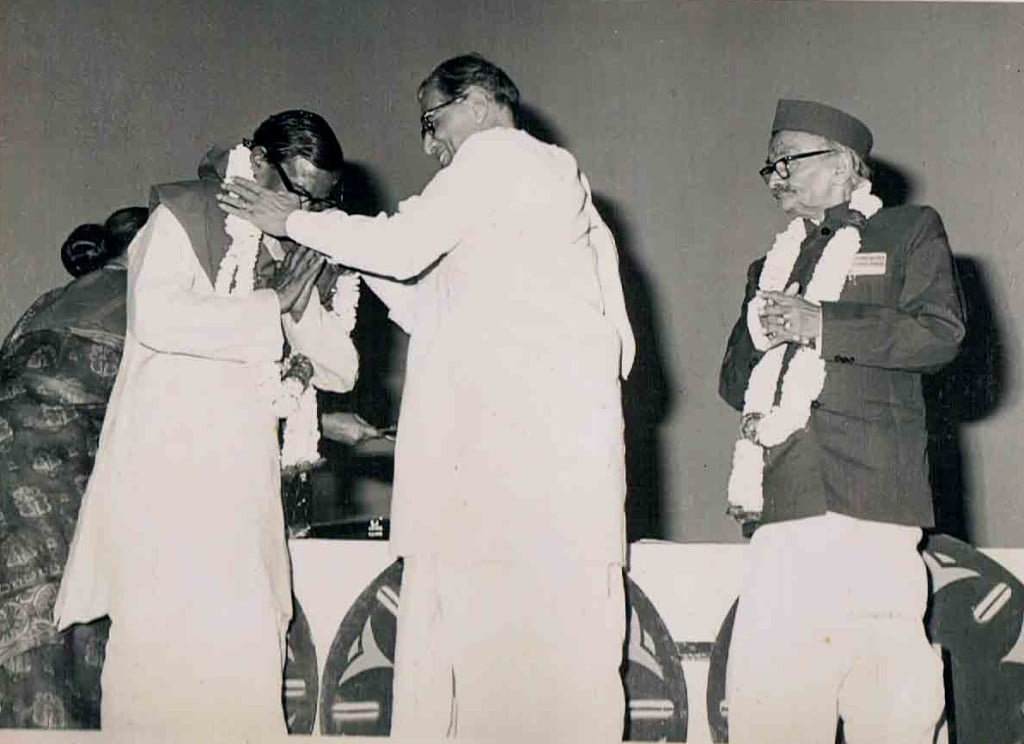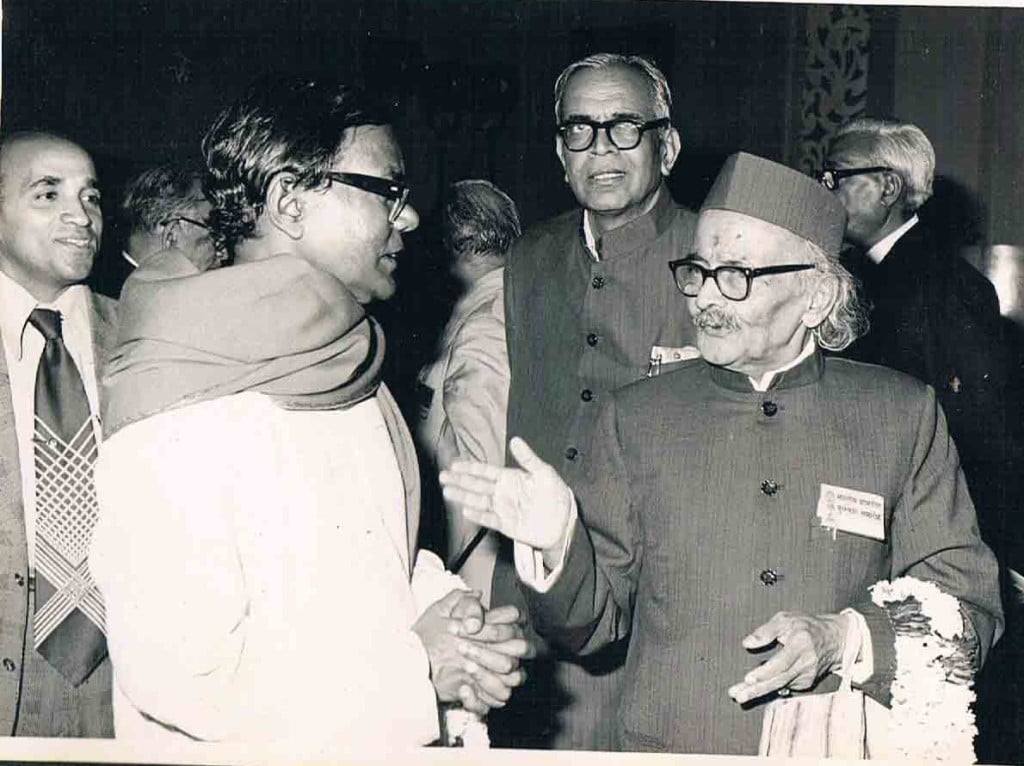Winner of the first-ever Sahitya Akademi Award (1955) for his novel, ‘Amrutara Santana’ and the first recipient of the highest literary award, Jnanpith (1974), from Odisha for his epic fiction, ‘Matimatala’, Dr Gopinath Mohanty dominated the Odia literary scene for over four decades as a colossus and was hailed as one of the greatest prose writers in India.
Virtually all aspects of the Odissan landscape, life pattern, culture and heritage including those in the tribal land, came alive in his magical hand. He was a path-breaker in every sense and left his distinctive stamp whether it was the prose-style, technique of handling characters and theme in novels and short stories, codifying the tribal groups and creating grammar in their unscripted languages, or shedding new light on the time and place of existence of Sarola Dasa, the creator of the Odia Mahabharata (and regarded as the father of the ancient Odialiterature).
The new prose style that he introduced was vibrant as well as vigorous with words carefully chosen from the common living speech of villagers and deftly put together for expressing abstract ideas or delicate feelings. His pioneering research work and writings on the tribals of Odisha was widely recognised; he had a stint as an Adjunct Professor in Anthropology at San Jose State University (1988), USA. The Government of India conferred on him, ‘Padmabhushan’ (1981) in recognition of his extraordinary contribution to the field of literature.
Born on April 20, 1914, at Nagabali, Cuttack, Mohanty held an MA degree in English literature. He joined the Odisha Administrative Service in 1938 and retired in 1969. During his early posting in the Koraput district as an administrator, he came in close contact with the tribals (‘Kondh’ and ‘Paraja’ primarily) and took a special interest in learning their languages and lifestyle. Some of his major creative works of this time deal with tribal life and society. It is amazing that a fiction of the genre of ‘Paraja’ had been completed when Gopinath was barely twenty-nine, and four years later came his monumental novel, ‘Amrutara Santana’.

His serious literary activities began in 1934 and spanned over 55 years. Mohanty’s creations in print include 24 novels; 12 collections of short stories ( numbering over 300 short stories ); one anthology of poems; two biographies in Odia (3 volumes) one autobiography; three plays; two critical essays; five books on tribal language and culture; seven translations into Odia (including his Soviet Land Nehru Award-winning translation of Gorky’s ‘My Universities’; Tolstoy’s ‘War and Peace’ and Tagore’s ‘Jogajog’); one biography in English, as well as a number of scholarly essays relating to old palm-leaf manuscripts of Odia Mahabharata and on the tribals.
Six of his major novels: ‘Paraja’, ‘Amrutara Santana’, ‘Laya Bilaya’, ‘Dana Pani’ and ‘Dadi Budha and ‘Harijan’ have appeared in English translation, apart from three short story collections. The English version of ‘Paraja’ had received rave reviews from the press in England and in India. His travelogues (prominent among them being on Chilka lake), socio-anthropological articles on tribal people, as well as his dictations available in cassettes (primarily while touring in the US) still remain to be brought to the public attention.

Mohanty was an avid reader. His interest spanned a wide spectrum, both in terms of language ( including Sanskrit and a number of other Indian languages ), as well as subjects ( from religion to psychology, from fiction and poetry to books on science and medicines ). He has left behind a large and rare collection of books and palm-leaf manuscripts and of course, his firm footprints for the posterity to discern.
With the passing away of Mohanty in San Jose, California, on August 20, 1991, an epoch that witnessed a creative pursuit of the highest order came to an end. Simultaneously, a powerful voice of the underdog, the down-trodden and the exploited was silenced. However, Gopinath’s immortal words of eternal optimism, “ …There is zest in life, no death, no sorrow …” ( last lines of ‘Amrutara Santana’) will forever continue to inspire millions all over.


